DNA spotlight
Bishop Peder Pedersen Winstrup
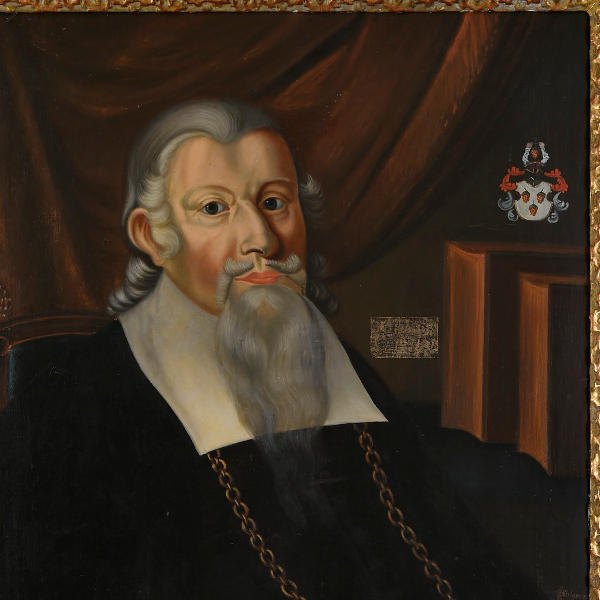
Peder Pedersen Winstrup was a prominent Bishop of the Lutheran church, royal Chaplain to King Christian IV of Denmark, one of the most important figures in 17th Century Scandinavian history - but he also represents one of the best preserved bodies from the 17th century in Europe. Born in Copenhagen as part of the Denmark-Norway Empire in 1605, he was appointed royal chaplain for Christian IV - the King of Norway and Denmark and made Bishop of Lund in 1638. He is also known as the founding father of Lund University having personally pushed for the new university be founded in Lund, Scania.
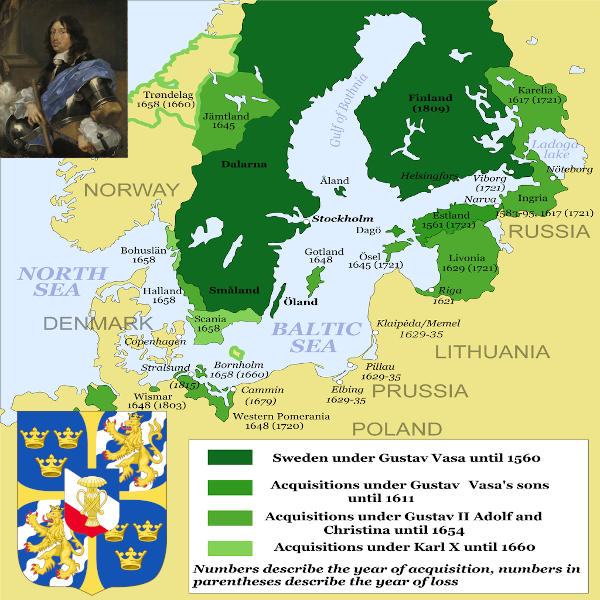
Peder's influence grew just as the Thirty Years War concluded in 1648 - it is thought 20 percent of Europe's population had been killed and in such areas up to 60 percent - considered by many to be far more bloody than any other war in modern times. Sweden meanwhile had become a powerful empire and used this period to expand its territorial holdings finding itself at conflict with Norway, Denmark and Poland-Lithuania. The new Swedish monarch Charles X Gustav invaded Poland and the Duchy of Prussia. Meanwhile Denmark attempted to seize some territory from Sweden and Charles was forced to return to Scandinavia, defeat the Danes and threaten the Danish capital Copenhagen itself.
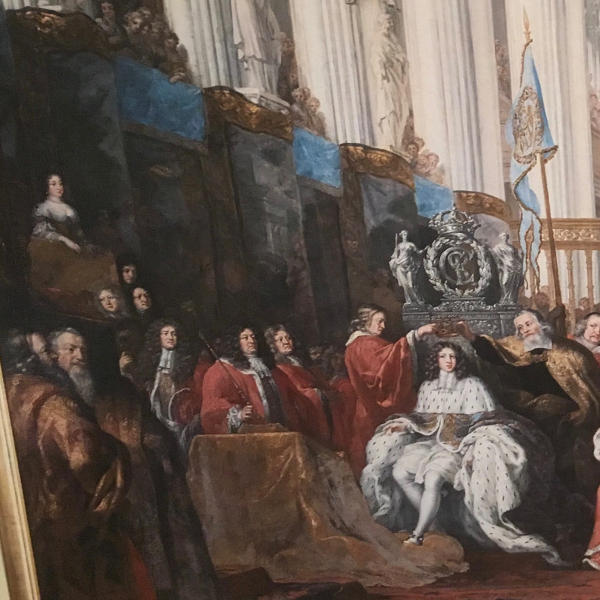
After the Treaty of Roskilde in 1658 which effectively neutralized Denmark as a threat to Sweden, Winstrup became a loyal subject of his new Swedish King Charles X Gustav. Lund and Scania were now part of Sweden, along with the former Danish provinces of Blekinge, Halland and Bornholm - as well as the Norwegian prinvces of Trøndelag and Bohuslän. In this painting above, King Charles X is coronated and Peder Winstrup is shown standing second from the left. He was later ennobled by his new king with the name Himmelstierna and remained bishop of Lund until his death in 1679.
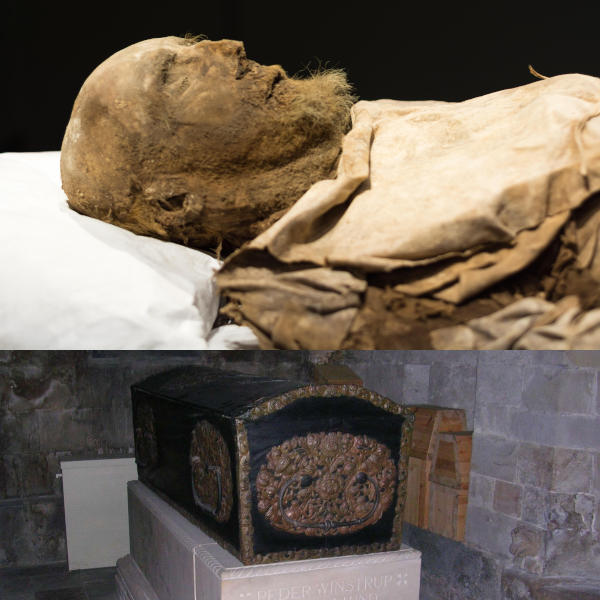
The extremely good preservation stems from the fact his body was air-dried and not embalmed, he had lost a lot of weight from being sick, he died in the coldest period of the year, his open coffin was placed in an airy room - but most importantly the coffin was lined with various herbaceous plants including hops which were commonly used as a preservative in beer. A DNA sample was extracted from his calcified lung which is presented at MTA. A CT scan of his remains and coffin also turned up a surprise - the body of a premature fetus was tucked under his feet.
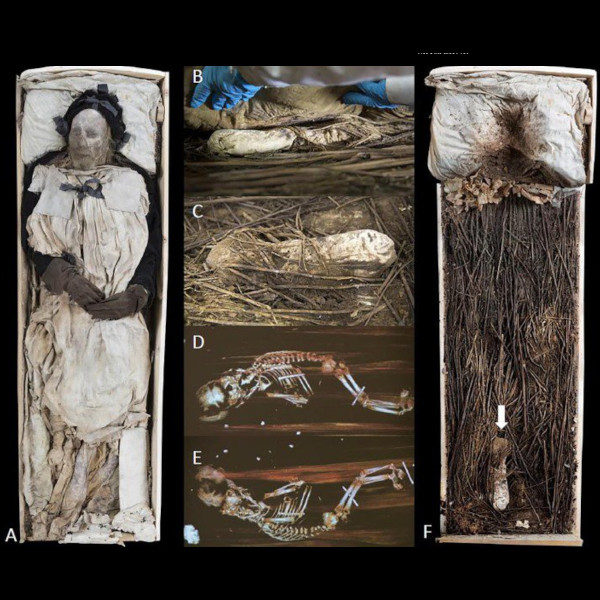
The fetus was analyzed in depth and turns out to be a male sharing 25% of the DNA of Peder Winstrup. This means a 2nd degree relation which could only mean a uncle-nephew, half-sibiling, double-cousin or grandparent-grandchild relationship. By then analyzing genealogical records it is clear that the fetus is indeed his grandson and shares the same exact male line. This confirms the child was the offspring of Peder Winstrups son - who had decided to join the military rather than priesthood. The child was the last male heir of the Winstrup line and ended the noble line. The remains were likely placed in the tomb as a symbolic act.
Sample: Bishop Peder Winstrup
- Sample ID: LUND1n
- Year: 1679 AD
- Sex: Male
- Location: 55.7040,13.1932
Sample: Grandson of Bishop Peder Winstrup
- Sample ID: win002
- Year: 1702 AD
- Sex: Male
- Location: 55.7040,13.1932
